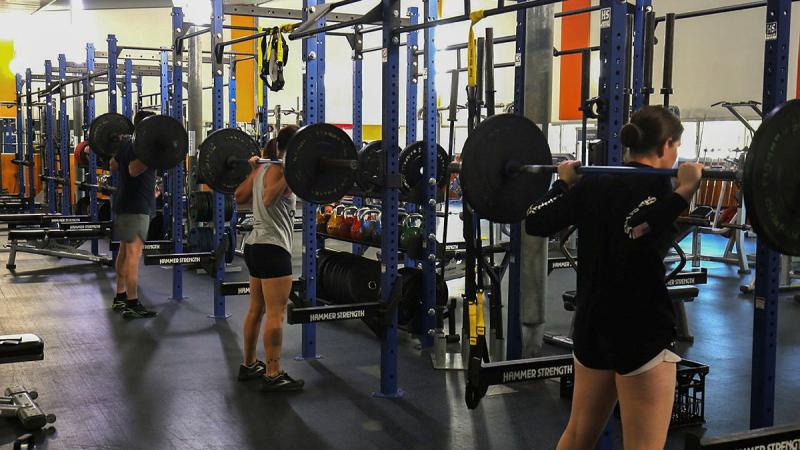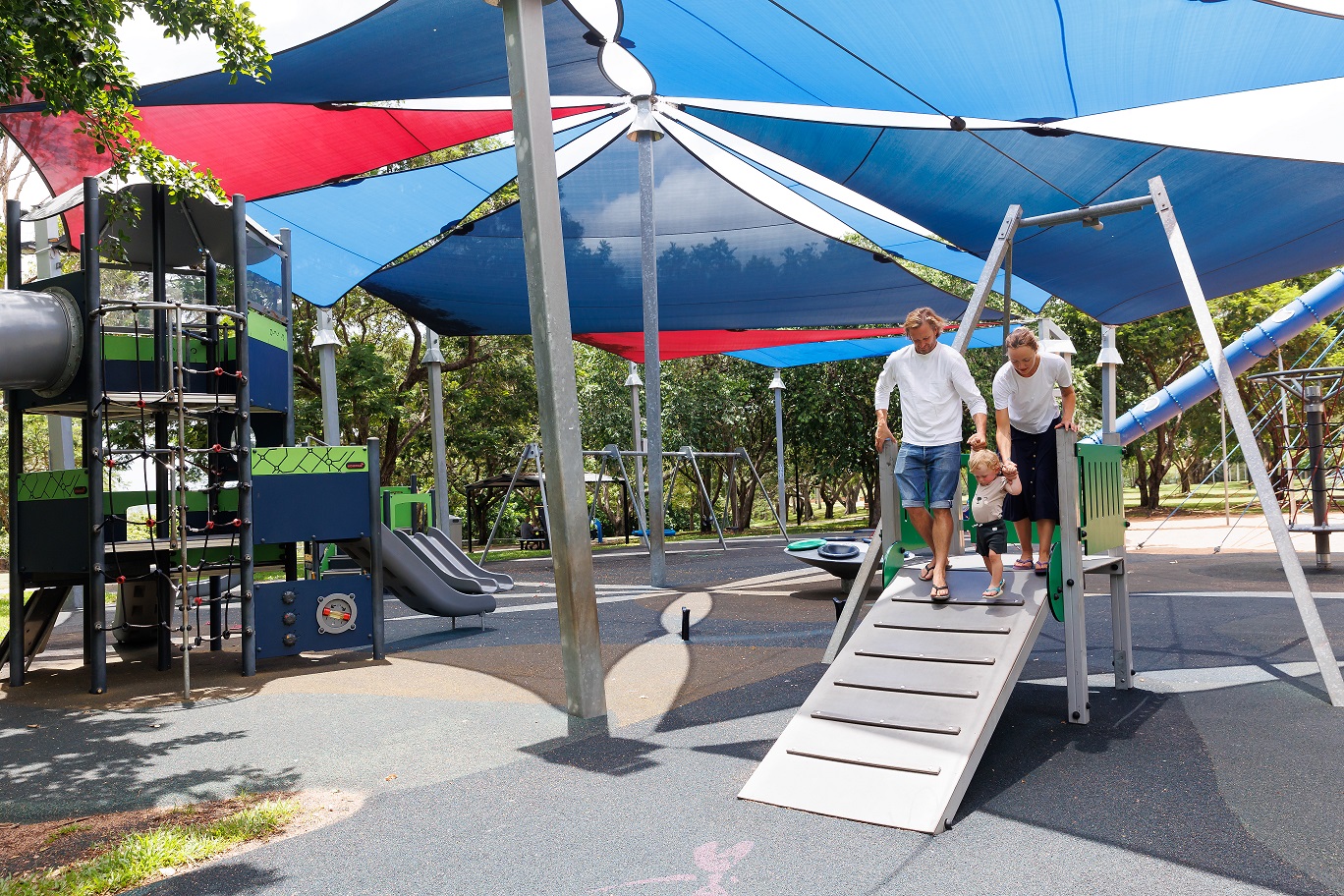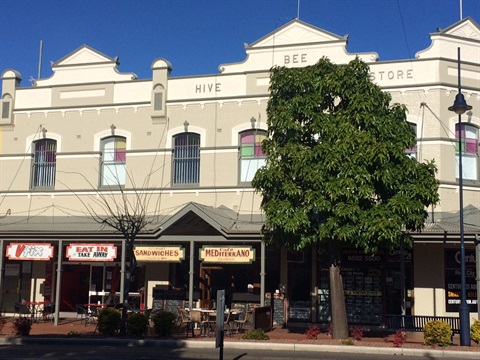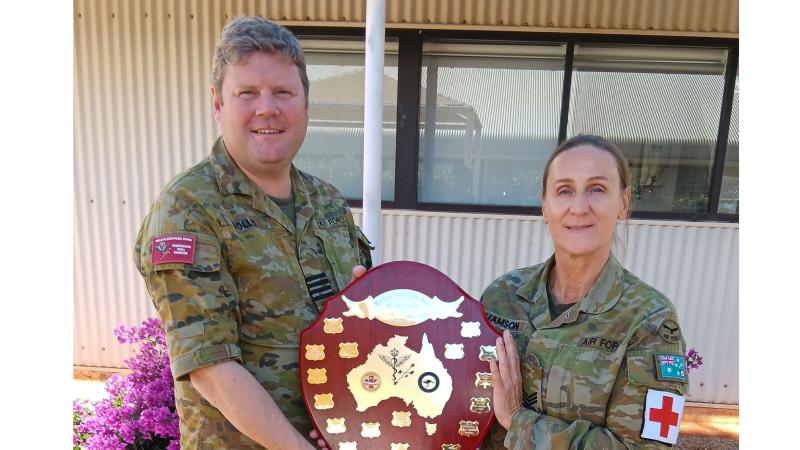The Hon Tanya Plibersek MP, Minister for the Environment and Water
Janet Carding, Sydney Harbour Federation Trust Executive Director
Professor Martina Doblin, Sydney Institute of Marine Science Director and CEO
An endangered White’s Seahorse has been discovered at Cockatoo Island/Wareamah for the first time ever, thanks to a project funded by the Albanese Labor Government.
It is the furthest up Sydney Harbour that a White’s Seahorse has been recorded, in a positive sign that there could be even more.
The discovery was made through a Government-funded partnership between the Sydney Harbour Federation Trust (Harbour Trust) and the Sydney Institute of Marine Science (SIMS) to boost marine biodiversity and restoration efforts at the World Heritage-listed Cockatoo Island.
White’s Seahorses are prioritised for recovery under Labor’s Threatened Species Action Plan. They are mostly found on the east coast of Australia and are under threat due to habitat loss and degradation.
This work was funded through a $45.2 million Government investment to restore Sydney Harbour to a thriving estuary ecosystem and address the critical backlog of repair work left behind by the Liberals and Nationals.
In a separate project, SIMS has today released 100 White’s seahorses into Sydney’s Chowder Bay, with more releases planned at Balmoral Beach and Botany Bay/Gamay.
This SIMS Sydney Seahorse Project, a collaboration between SIMS and the NSW Department of Primary Industries, helps to captive breed and reintroduce hundreds of White’s Seahorses across bays and harbours in Sydney. It is supported by a $359,000 investment from the Government’s $24 million Saving Native Species program.
This program funding has supported 61 projects across Australia, benefiting 73 threatened native species. It is just one part of our $550 million investment to protect native animals and plants, and tackle invasive pests.
Quotes attributable to Minister for the Environment and Water, the Hon Tanya Plibersek:
“The discovery of the White’s Seahorse at Cockatoo Island/Wareamah is so exciting. It shows how important it is that we continue to invest in and work together on grassroots projects to protect and restore marine biodiversity.
“Our Government is committed to achieving our target of zero new extinctions in Australia. Our targeted investments, including our $24 million Saving Native Species grants, will help to better protect our threatened native species, like the White’s Seahorse.
“It’s fantastic to see a strong partnership formed between the Sydney Harbour Federation Trust and the Sydney Institute of Marine Science. We must continue to conserve and manage marine ecosystems – including the iconic Sydney Harbour – for generations to come.”
Quotes attributable to the Harbour Trust Executive Director Janet Carding:
“The Harbour Trust is proud to partner with SIMS on this pilot project to test the viability of enhancing fish habitats at Cockatoo Island / Wareamah and their potential to reinvigorate the western harbour. Little is known about its underwater environment and the impacts the island’s historical activities have had. Supporting and repairing biodiversity is as important below the waterline as it is on land.
“By collaborating with SIMS, we are opening the door for more possibilities in the future, since marine life is an essential part of Sydney Harbour that connects all our destinations.”
Quote attributable to the Sydney Institute of Marine Science (SIMS) Director and CEO, Professor Martina Doblin:
“Seahorses are an extraordinary type of fish—pairs mate for life and males take care of the young. They are very slow swimmers and have high habitat fidelity, which makes them vulnerable to habitat loss.
“This pilot project gives researchers the opportunity to test the effectiveness of restoration at a site with a history of habitat disturbance. Restoring habitat at Cockatoo Island / Wareamah gives us the potential to join up with restoration at other sites in the harbour, building a healthier, more resilient seascape that has benefits for both people and nature.”








